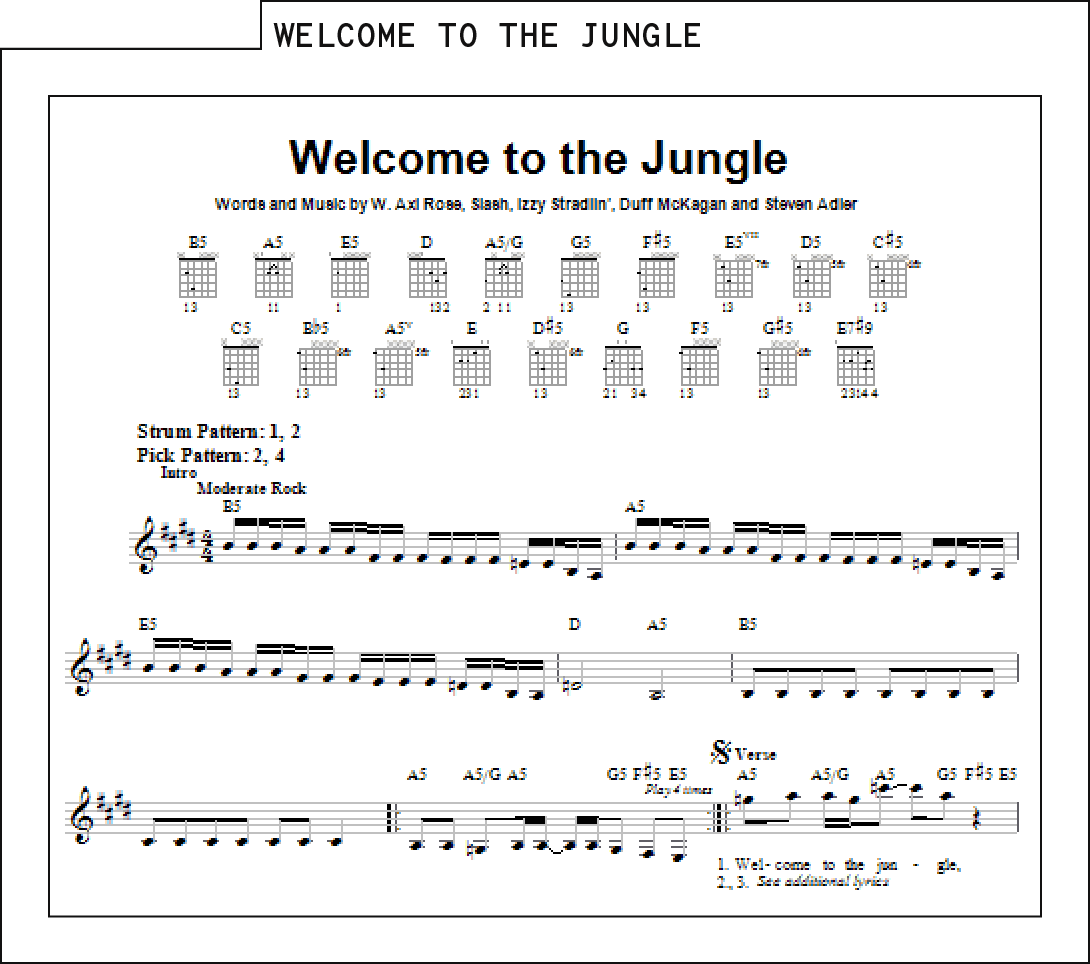Screens, Research and Hypertext
Powered by 🌱Roam GardenDocuments Are the Wrong Metaphor
Your digital content is not a document. It's a song.
Metaphors are important to the digital world. So much of what happens on the Internet is strange and new that it’s natural to want to explain it in more familiar terms.
Unfortunately, when it comes to online content, we’ve picked the wrong metaphor. We typically think about our text content in terms of documents. We start each one in Word, run each through an editing process, then task someone with getting the final approved content out of Word and onto the appropriate platform.
The document metaphor has two significant (and interrelated) limitations:
- When everything starts out as a document, we come to see each piece of content as its own distinct thing.
- We start to see each distinct thing as inseparable from its format—that is, the blog post is the 800-word document, the Facebook post is the two-sentence document with the chart, tweets are the 140-character lines in this other document, etc.
The underlying problem: the document metaphor is rooted in the world of print, where a document can be in only one place at one time. Digital content doesn’t work that way. It can be in a lot of places all at the same time.
Your digital content is not a document. It’s a song.
Some examples might help. Here’s a song:
Here's that song again.
And here it is one more time:

Tell me, which of these is the real version of “Welcome to the Jungle”? Where does “Welcome to the Jungle” live? What comes immediately before and immediately after “Welcome to the Jungle”?
The answer, of course, is that these are all nonsense questions.
They’re all real versions of the song. The song doesn’t live anywhere. And lots of different things can come before or after the song, depending on which instance of the song you’re talking about.
Here’s the thing, though. All those questions are just as nonsensical when applied to your digital content.
Your content is a bunch of 0s and 1s in a database. There’s no “real” version of it. It doesn’t live anywhere. A bewildering variety of things can come immediately before or after it.
A song is a particular sequencing of musical notes and words. A song can be presented in a lot of formats—as an audio recording, a live performance, a video, a piece of sheet music—and accessed via a lot of different devices—a computer, a phone, a store, a voice assistant, in person.
Your digital content isn’t a format or a location or a type of document. It’s the information itself. And that information can be presented in a lot of different ways and accessed via a lot of different devices.
For more context
Metaphors—both conscious and unconscious—shape how we think about the world.
What to read next
If your content is a song, then your website is a mixtape.
Other items of interest
Research websites focus too much on outputs and not enough on process.
We've optimized too much of the web for putting ink on paper.
We don't just write web content like it's print. We organize it that way, too.
Referenced in
The Internet Is a Mixtape
Dumping the document metaphor in favor of the song metaphor is a first step on the path to embracing our role as producers. It’s a paradigm shift, but one that we’ll need to take if we’re to make our content ready for the next chapter of the Internet.